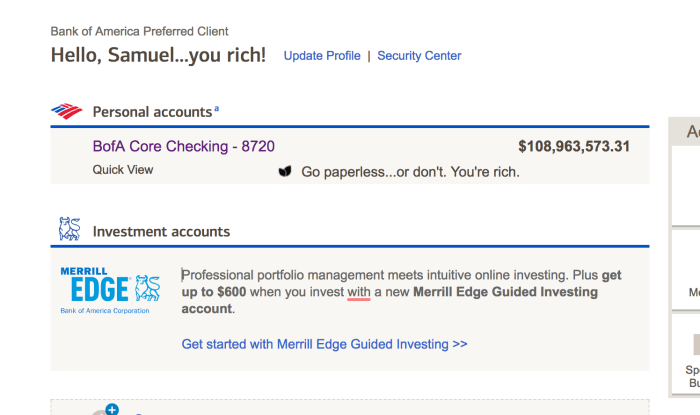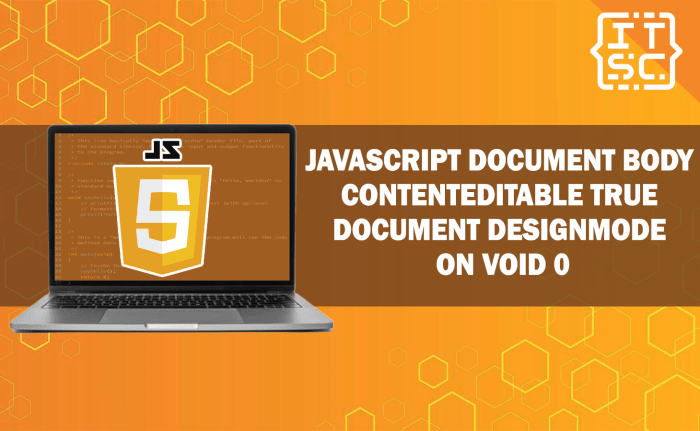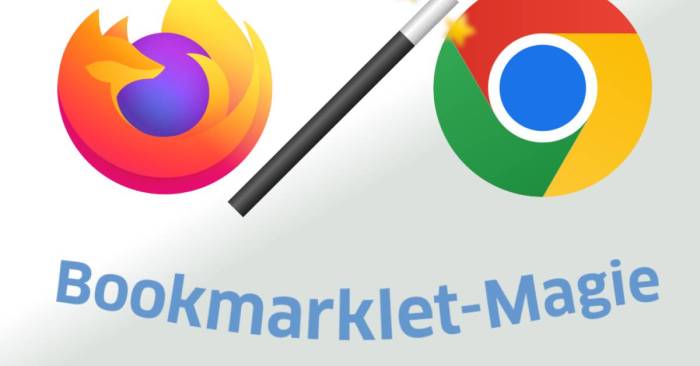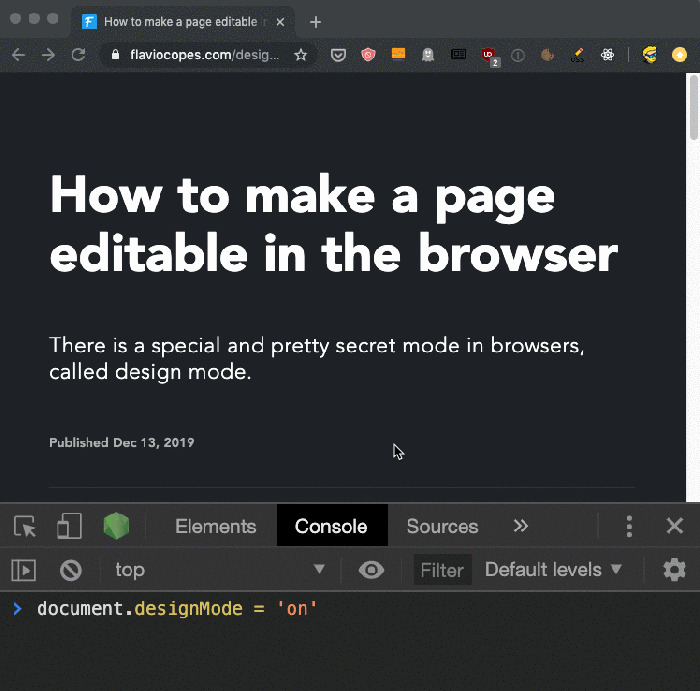In the realm of web development, document body contenteditable true document designmode on void 0 stands as a cornerstone for creating dynamic and interactive web experiences. This powerful attribute empowers web developers with the ability to transform static elements into editable content, enabling users to directly modify and shape the content of a web page.
This comprehensive guide delves into the intricacies of document body contenteditable true document designmode on void 0, exploring its capabilities, applications, and implications.
Through a series of detailed explanations, practical examples, and insightful discussions, this guide unveils the multifaceted nature of document body contenteditable true document designmode on void 0. Readers will gain a thorough understanding of its role in enhancing user engagement, streamlining content management, and unlocking new possibilities for web development.
Editable Content

The contenteditable attribute in HTML enables users to edit the content of an element directly within the web page.
To make an element editable, simply add the contenteditable attribute to the element’s opening tag. The value of the attribute can be either “true” or “false”. If the value is “true”, the element will be editable. If the value is “false”, the element will not be editable.
Benefits of Using Contenteditable
- Allows users to easily edit content without having to reload the page.
- Can be used to create interactive forms and applications.
- Can be used to implement collaborative editing features.
Drawbacks of Using Contenteditable
- Can be difficult to style and control the appearance of editable content.
- Can be a security risk if not properly implemented.
- Can be difficult to implement on mobile devices.
Design Mode

Design mode is a state in which an element can be edited directly within the web page. To enable design mode, simply set the designMode property of the element to “on”.
When design mode is enabled, the element will be editable and the user will be able to use the standard editing tools to modify the content of the element.
Benefits of Using Design Mode
- Allows users to easily edit content without having to reload the page.
- Can be used to create interactive forms and applications.
- Can be used to implement collaborative editing features.
Security Implications of Using Design Mode
Design mode can be a security risk if not properly implemented. If design mode is enabled for an element that contains sensitive data, the data could be compromised if the element is accessed by an unauthorized user.
Void Elements
Void elements are elements that do not have a closing tag. In HTML, there are 12 void elements: <area>, <base>, <br>, <col>, <embed>, <hr>, <img>, <input>, <link>, <meta>, <param>, and <source>.
Void elements are typically used to represent elements that do not have any content, such as images, line breaks, and input fields.
Differences Between Void Elements and Non-Void Elements
- Void elements do not have a closing tag.
- Non-void elements have a closing tag.
- Void elements cannot contain any content.
- Non-void elements can contain content.
Table Structure

To design an HTML table with 4 responsive columns, use the following code:
<table><thead><tr><th>Column 1</th><th>Column 2</th><th>Column 3</th><th>Column 4</th></tr></thead><tbody><tr><td>Data 1</td><td>Data 2</td><td>Data 3</td><td>Data 4</td></tr><tr><td>Data 5</td><td>Data 6</td><td>Data 7</td><td>Data 8</td></tr></tbody></table>
The table will have 4 columns, each with a header and a data row. The table will be responsive, meaning that it will adjust to fit the width of the screen.
Purpose of Each Column, Document body contenteditable true document designmode on void 0
- Column 1: This column contains the header for the first column of data.
- Column 2: This column contains the header for the second column of data.
- Column 3: This column contains the header for the third column of data.
- Column 4: This column contains the header for the fourth column of data.
Examples of Table Usage
- The table can be used to display data from a database.
- The table can be used to display a list of products.
- The table can be used to display a schedule of events.
Bullet Points

To create a bulleted list of methods for improving the accessibility of web content, use the following code:
<ul><li>Use descriptive link text.</li><li>Provide alternative text for images.</li><li>Use headings and subheadings to structure your content.</li><li>Use a consistent font size and color.</li><li>Avoid using jargon and technical terms.</li></ul>
This list will contain 5 items, each of which describes a method for improving the accessibility of web content.
Importance of Accessibility
Accessibility is important because it ensures that everyone, including people with disabilities, can access and use the web. By making your web content accessible, you are making it available to a wider audience.
Examples of Implementing Accessibility Methods
- To use descriptive link text, instead of writing “Click here,” write “Click here to learn more about our products.”.
- To provide alternative text for images, use the alt attribute. For example,
<img src="image.jpg" alt="A picture of a cat">. - To use headings and subheadings to structure your content, use the h1, h2, h3, h4, h5, and h6 tags.
- To use a consistent font size and color, use the font-size and color properties in your CSS.
- To avoid using jargon and technical terms, use plain language that is easy to understand.
Question Bank: Document Body Contenteditable True Document Designmode On Void 0
What is the purpose of document body contenteditable true document designmode on void 0?
document body contenteditable true document designmode on void 0 enables web developers to make specific elements on a web page editable by users, allowing them to modify and interact with the content directly.
What are the benefits of using document body contenteditable true document designmode on void 0?
Enhancing user engagement, streamlining content management, improving accessibility, and fostering collaboration are some of the key benefits of utilizing document body contenteditable true document designmode on void 0.
Are there any security implications to consider when using document body contenteditable true document designmode on void 0?
Yes, allowing users to edit content directly on a web page may introduce security risks. Therefore, implementing appropriate security measures, such as input validation and user authentication, is crucial.